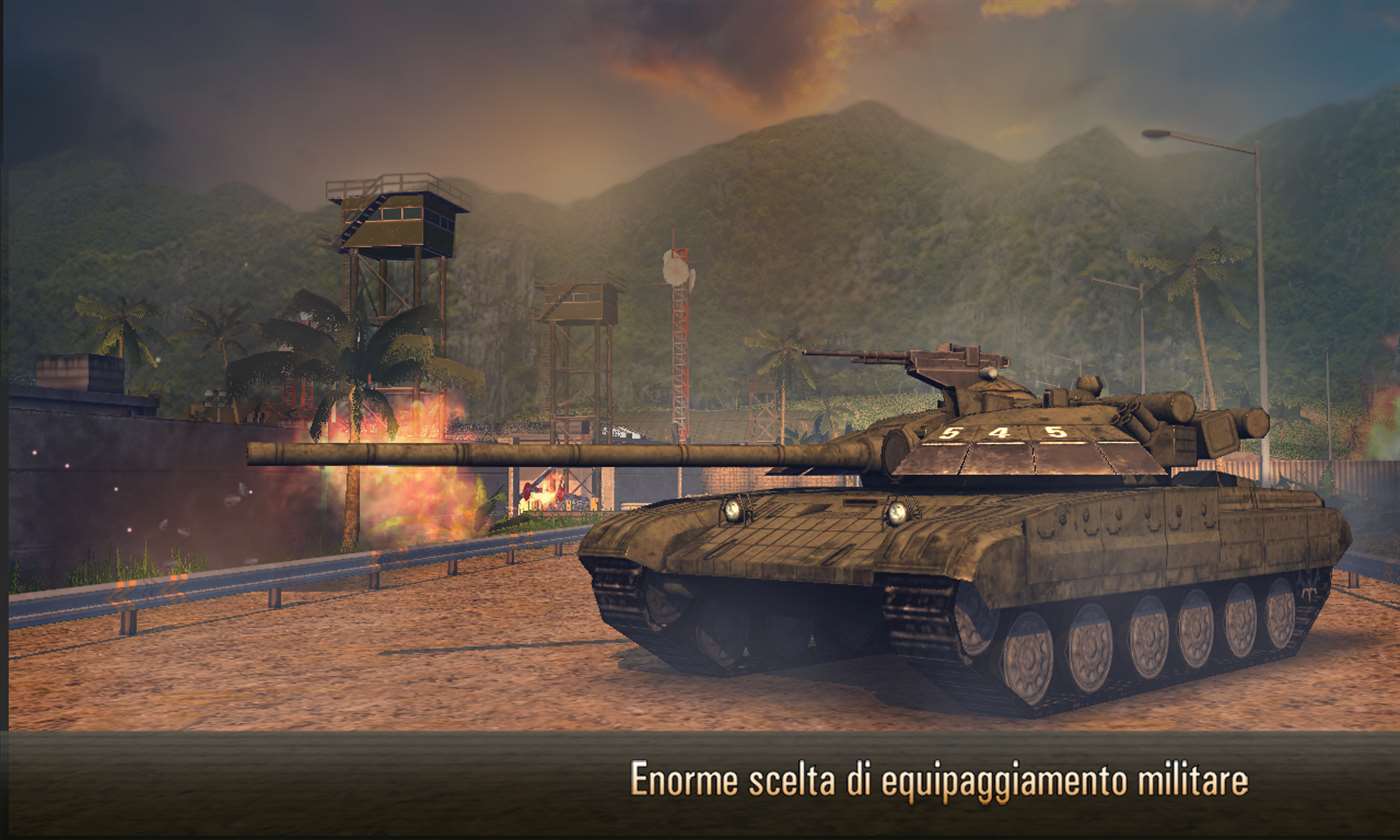

Eliminating the tank would have to be done by a specially-equipped team of infantry, specially-designed artillery, or aircraft.īecause tanks didn't see much use prior to WWII, there was no ultimate strategy for combatting tanks from the air. While the Challenger's armor is classified, it's safe to say that even a Tiger II would have significant trouble, if not find it impossible, to actively penetrate the tank's armor. Since this is state-of-the-art ammunition, it can't be constructed with WWII technology, let alone WWI. The Challenger carries 52 rounds with its main cannon. So we'll take a look at wars between 19, since you mention in comments that you want to know WWII and earlier. The Challenger 2 uses a diesel engine, so the tank will only be useable for about 160 miles (250 km) - off-road operational range - prior to the invention of diesel fuel in the 1890s. Probably the biggest factor in determining the transported tank's viability is going to be fuel availability. I doubt it would last so long in a war before vehicles were invented. The tank is rendered ineffective when it can no longer move or shoot.įor example, it might last longer in WWII because the factories would be more capable of producing armor for it and it might be able to run off fuel from the time.In-period manufacturing techniques and technology.

Unlimited knowledge of the tank can be taken back by its crew and shared with anyone else who might need it.No restocking on fuel or parts from the present the time machine has been destroyed.In this question, I'm looking for comparison of how long my Challenger could last in various historic wars, assuming: What was not shown is how long the tank would be effective for. It was decided in my last question that this tank would indeed have some significant impact on the war. A while ago, I asked In what war would one modern military vehicle make a difference? I have now come up with a sort-of sequel.Ī modern, Challenger II battle tank has been sent back in time to a past war.


 0 kommentar(er)
0 kommentar(er)
